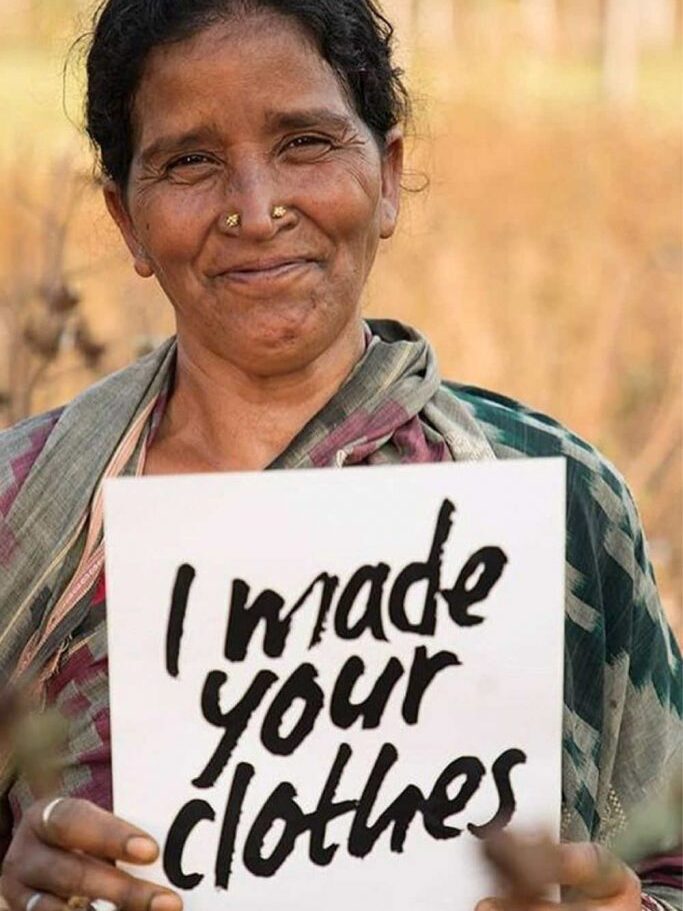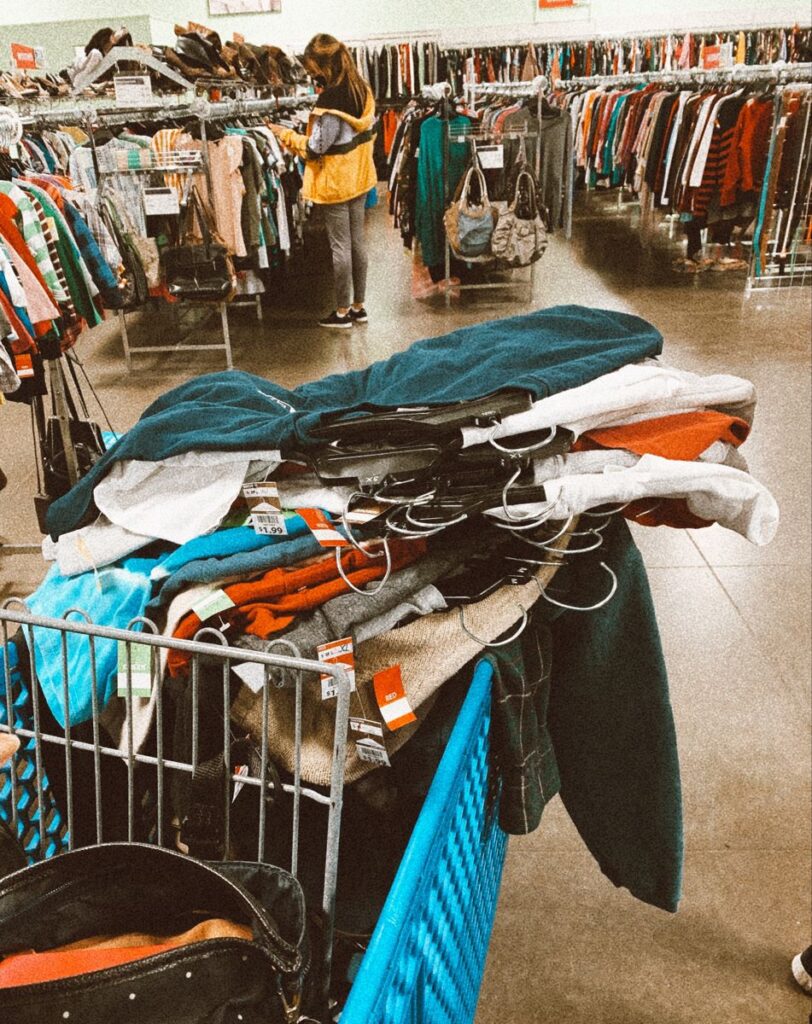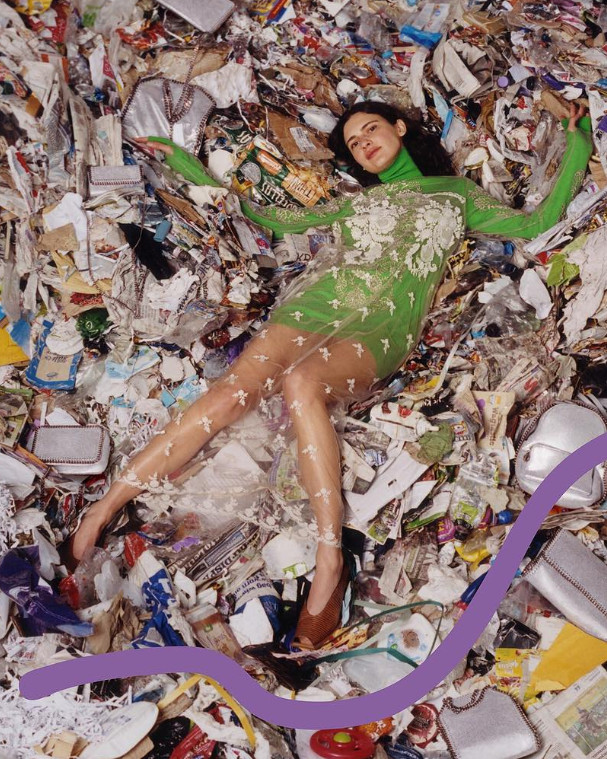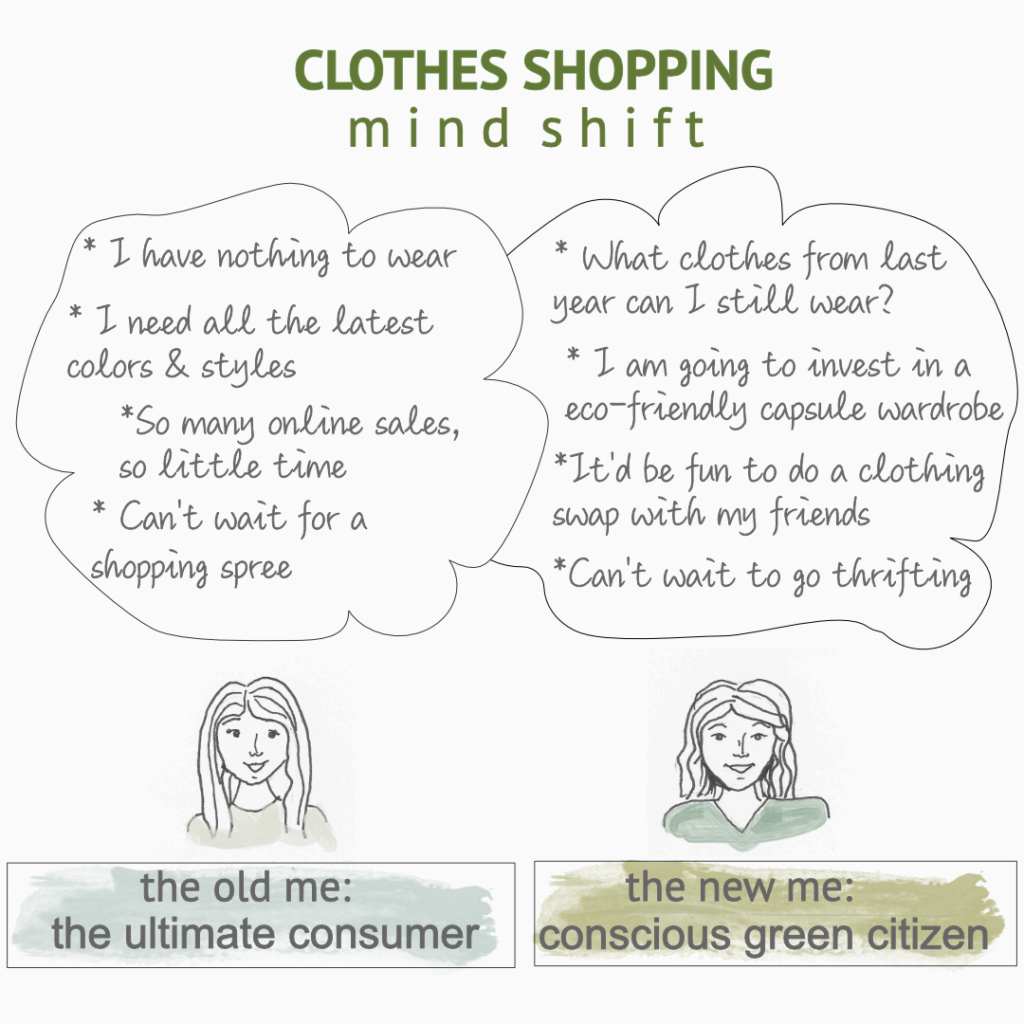
Environmental.
Economic.
Social.
“DEMAND QUALITY NOT JUST IN THE PRODUCTS YOU BUY, BUT IN THE LIFE OF THE PERSON WHO MADE IT.”
— Orsola de Castro, designer and CoFounder of Fashion Revolution
Fast Fashion
The fast fashion industry consists of brands that cheaply produce and price garments that copy latest catwalk styles in order to maximize profits on current trends.
As climate change becomes more pressing each day, awareness surrounding ethical clothing consumption has increased.
It is our responsibility to encourage and nurture sustainable ideologies, no matter how seemingly small it is to the individual. Together, we can change the carbon footprint that the fashion industry has left so far. It starts with YOU!
Did You Know?
Just behind the oil industry, the fashion industry is the second largest contributor to pollution in the world!

Greenhouse Gas Emissions
Greenhouse gasses are the predominant cause of climate change. They act like a blanket, smothering & trapping the sun’s heat which then increases the planet’s average temperature.
Fast Fashion’s Contribution
The United States EPA announced in 2019 that “Carbon Dioxide made up eighty percent of all U.S. emissions from human activities.”
Fast fashion is included in human activity! It accounts for 10 percent of global gas emissions influencing climate change. Fast fashion comprises the depletion of non-renewable sources, greenhouse gas emissions and use of massive amounts of both water and energy. Below, you will find more information on this topic.
Water
The fashion industry is the second largest consumer of water.
- Producing clothing requires a huge supply of clean water.
- In 1 year, the fashion industry uses ~93 billion cubic meters of water.
- Consider: Clean water is unaccessible to over 750 million people. How can the fashion industry abuse so much of the world’s scarce water supply?
Microplastics
Fast fashion brands opt for synthetic, non-degradeable fabrics for their products.
- Polyester, nylon and acrylic — Hundreds of years to degrade.
- When washed, micro plastics get dumped into natural waterways, poisoning both humans and animals alike.
- 500,000 tons of microfibers are released into the ocean each year: equivalent to 50 billion plastic bottles.
Social
Fast fashion companies strongly encourage a ‘throw-away’ mindset.
- This tricks consumers into believing that clothing is inherently disposable. It is not!
- 80% of apparel is made by young women between 18-24. This excludes evidence of forced and child labor.
- Rapid production ensures that sales & profits supersede human welfare.

Thrifting as a Solution!
Consumer survey data shows an influx of interest in the idea of using and reusing. The negative connotation with going to thrift stores is no longer.
Clothing that was popular years ago often resurfaces in vintage and second-hand stores, most of which are bought and reworn by younger generations.
Offers consumers low prices for a one-of-a-kind piece while encouraging consumers to shop in more sustainable and environmentally conscious manners.
“Become an active citizen through your wardrobe.”
— Livia Firth, Founder and Creative Director of Eco-Age
Solutions + Suggestions
So, what else can I do?

CHALLENGE YOURSELF! —
- Less is more. Investing in higher quality, durable clothing will save you time, money and stress in the future.
- Try integrating your ‘rarely worn’ clothing into your every-day style.
- Support local businesses and brands!
- Swap clothing with friends or family — Spend a day learning the basics of clothing repair / upcycling with them, and try it out!
CHOOSE SLOW FASHION! —
A widespread reaction to fast fashion, argues the need to inhibit excessive production, overcomplicated supply chains, and mindless consumption. It advocates for companies and manufacturers that both respect their employees, the environment, and animals.
Remember: Quality over quantity! Second-hand buying recycles clothing that otherwise would end up in landfills.

